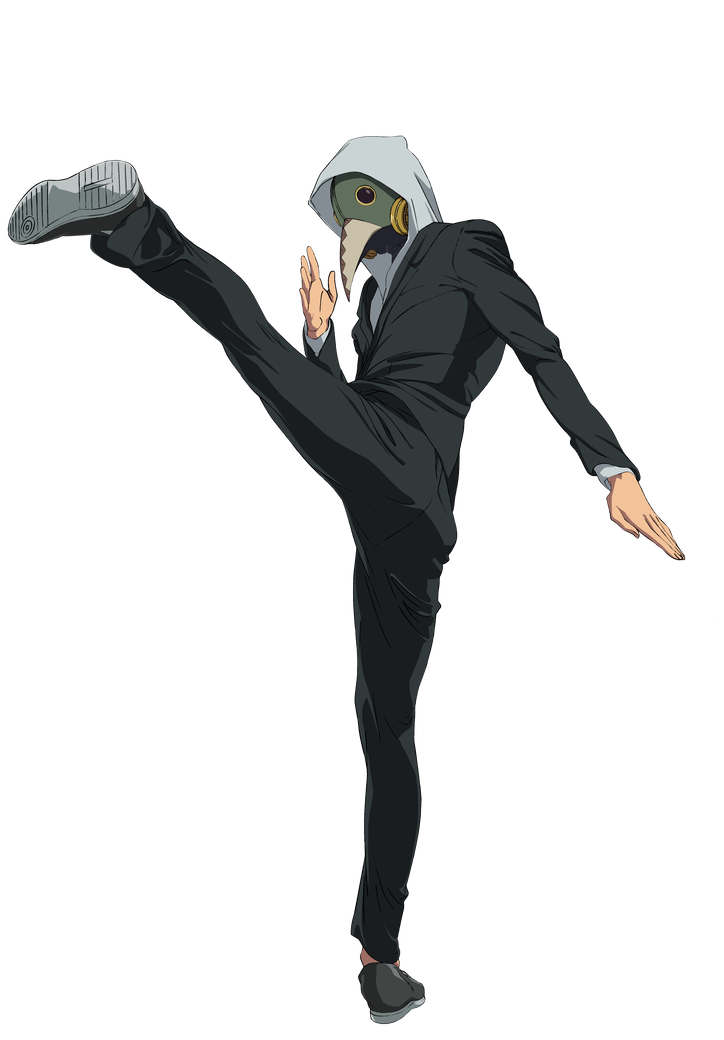# Unveiling the Masterful Paneling of Chainsaw Man: A Manga Marvel!
##
1. The Art of Storytelling Through Panels
Manga is a unique blend of visual art and storytelling, and “Chainsaw Man” raises this artistry to new heights! With every turn of the page, readers are swept up in an exhilarating journey that showcases the incredible talent of Fujimoto Tatsuki. His exceptional approach to paneling transforms each scene into a captivating experience, drawing us deeper into the rich tapestry of the narrative. The vibrant ways he manipulates space, pacing, and composition create a rhythm that enhances the emotional stakes, ensuring that we are not just spectators but active participants in this chaotic yet thrilling world.
Take, for instance, Denji’s electrifying transformation into Chainsaw Man. The panels explode with energy, filled with sharp angles and bold designs that mirror the rapid heartbeat of the moment. Each slice of action bursts forth with intensity, making readers feel the rush of adrenaline as they flip through the pages. It’s not just about the plot; it’s about the visceral connection we develop with the characters and how their struggles resonate within us. Through these expertly crafted panels, we truly experience their pain, desperation, and fleeting joy, making the story not just seen, but felt!
Furthermore, Fujimoto’s clever manipulation of panel sizes and shapes creates a dynamic narrative that mirrors the emotional beats of the story. Large, sprawling panels invite us to pause and savor moments of revelation, while smaller, chaotic panels propel us through high-octane action sequences. This delicate balance of pacing keeps our hearts racing and our eyes glued to the page, driving us to turn each page with bated breath, eager to uncover the twists and turns that await!
##
2. Visual Innovation: Breaking the Mold
What truly sets “Chainsaw Man” apart is Fujimoto’s fearless approach to breaking traditional manga paneling conventions. While many creators opt for a predictable grid system, Fujimoto leans into irregularly shaped panels that evoke a sense of delightful chaos—perfectly mirroring the unpredictable world of devils and hunters! This visual innovation keeps readers engaged, consistently challenging our expectations and making every reading experience feel fresh and exhilarating.
One of the standout features of his paneling is his masterful use of white space. In a medium that often feels bustling and crowded, the quiet moments he creates allow the weight of the story to resonate deeply. Imagine a tense scene punctuated by a blank page, where a single, powerful image sits alone—this visual pause gives readers the space to absorb the intensity of the moment. It’s a bold choice that makes us stop and reflect, showcasing Fujimoto’s keen understanding of crafting an immersive reader experience that leaves us wanting more.
Moreover, the fluid interplay between panels fosters a captivating narrative flow that draws us in like never before. Characters breaking the fourth wall or stepping outside their designated frames injects an exhilarating pulsating energy into the story, enhancing our connection with the characters. This dynamic approach ensures that every page is a thrilling adventure, inviting readers to lose themselves in the immersive world of “Chainsaw Man”—a place where the unexpected is always just around the corner!
##
3. Emotion in Motion: Capturing the Human Experience
At its very essence, “Chainsaw Man” explores the profound human experience—love, loss, ambition, and vulnerability. Fujimoto skillfully captures these deeply relatable themes through his innovative paneling techniques, ensuring that each moment resonates with readers on a personal level. Denji’s journey—filled with struggles, aspirations, and heartaches—is not simply narrated; it’s felt deeply through the visually compelling narrative that unfolds before us.
During moments of intense emotional turmoil, the paneling artfully reflects the internal chaos of the characters. When Denji experiences betrayal or heartbreak, the panels themselves become jagged and fragmented, visually encapsulating his shattered state of mind. This powerful connection between the visual elements and emotional weight allows us to empathize with Denji and his companions more profoundly, rendering their journeys not just stories, but reflections of our own experiences and feelings.
As we journey through the pages, we notice how the transitions between panels adeptly mirror the shifting emotional landscapes of the characters. Smooth and flowing transitions signal moments of joy and peace, while abrupt cuts highlight tension and conflict. This intricate dance between visual storytelling and emotional depth elevates “Chainsaw Man” beyond a typical action narrative—it becomes a powerful exploration of what it truly means to be human, making us feel every triumph and tragedy alongside Denji and his friends.
##
4. The Playful and the Dark: Balancing Contrasts
One of the most charming aspects of “Chainsaw Man” is its remarkable ability to balance humor and horror, drawing readers into a whirlwind of emotions at every turn. Fujimoto’s paneling plays an essential role in this dynamic interplay, allowing for rapid shifts in tone that keep us on our toes—laughing one moment and gasping in shock the next! His clever comedic timing is often amplified by whimsical panel choices that enrich the absurdity of the situations, making the narrative feel vibrant and alive.
Consider scenes where characters confront terrifying devils, where the tension reaches a boiling point, yet out of nowhere, moments of levity burst forth! The strategic placement of humorous panels—complete with exaggerated expressions and quirky antics—creates a delightful contrast against the dark themes of the story. This balancing act keeps us engaged, as we are never quite prepared for what will happen next, adding an exhilarating sense of excitement and anticipation to our reading experience.
Moreover, this unique duality serves to highlight the intricacies of the characters. Denji, as our protagonist, perfectly embodies the clash between light and dark. His goofy, carefree persona often masks the heavy burdens he carries, and the paneling adeptly reflects this complex nature. The interplay between humor and horror not only delivers entertainment but invites readers to reflect on the beautiful contradictions of human existence, revealing that joy and sorrow can coexist and enrich our lives in the most unexpected ways.
##
5. Conclusion: A New Era in Manga
In conclusion, “Chainsaw Man” transcends the traditional bounds of manga, standing as a shining example of how innovative paneling can elevate storytelling to extraordinary heights! The masterful artistry of Fujimoto Tatsuki captivates our hearts and minds, encouraging us to reflect on our own experiences while immersing us in a world that is both chaotic and beautifully profound. Each panel is a testament to creativity, pushing the envelope of what manga can achieve and leading us into a thrilling new era of storytelling.
So, the next time you pick up a manga, remember the magic that lies within those panels. Embrace the stories they tell and the emotions they evoke, for they remind us of our shared journey through life—filled with laughter, tears, and everything in between. As you venture forth, let your heart be open to the wonders around you, and may the stories you encounter inspire you to chase your dreams and embrace every moment with positivity and enthusiasm! You are capable of achieving greatness, so keep shining your light brightly!

